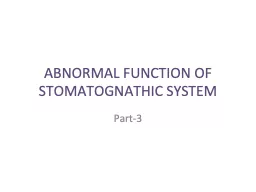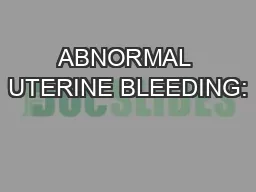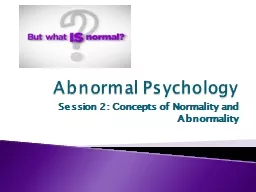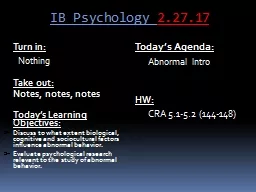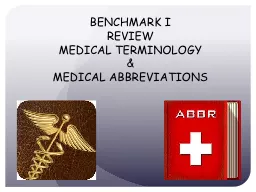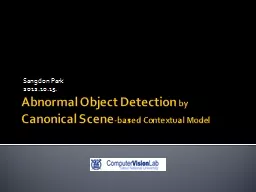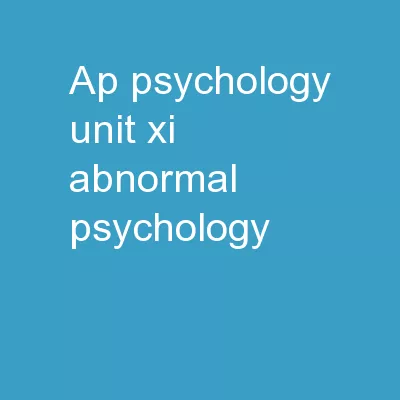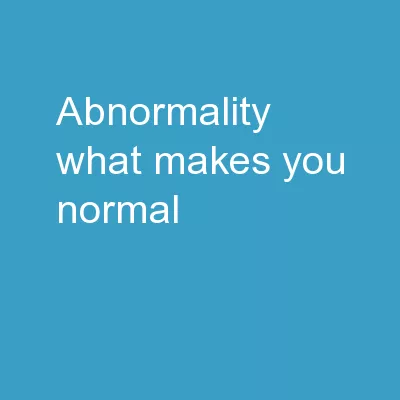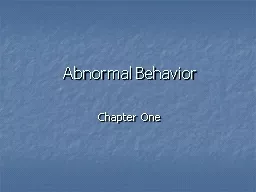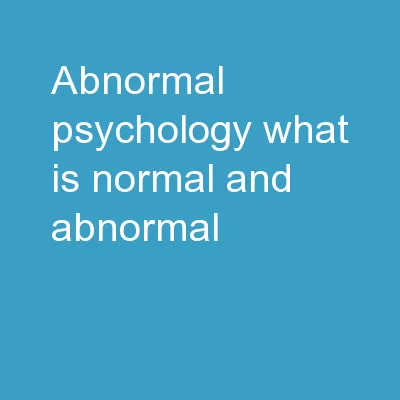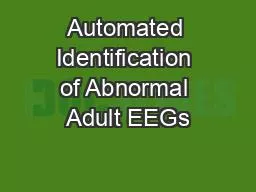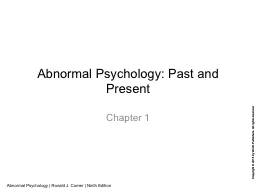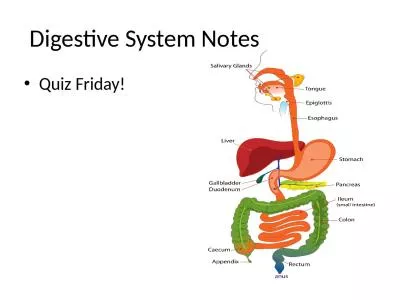PPT-ABNORMAL FUNCTION OF STOMATOGNATHIC SYSTEM
Author : taylor | Published Date : 2022-06-01
Part3 ABNORMAL FUNCTION of stomatognathic system Mouth breathing If the palate is high and narrow the dorsum of tongue does not fit against the palatal vault every
Presentation Embed Code
Download Presentation
Download Presentation The PPT/PDF document "ABNORMAL FUNCTION OF STOMATOGNATHIC SYST..." is the property of its rightful owner. Permission is granted to download and print the materials on this website for personal, non-commercial use only, and to display it on your personal computer provided you do not modify the materials and that you retain all copyright notices contained in the materials. By downloading content from our website, you accept the terms of this agreement.
ABNORMAL FUNCTION OF STOMATOGNATHIC SYSTEM: Transcript
Download Rules Of Document
"ABNORMAL FUNCTION OF STOMATOGNATHIC SYSTEM"The content belongs to its owner. You may download and print it for personal use, without modification, and keep all copyright notices. By downloading, you agree to these terms.
Related Documents

